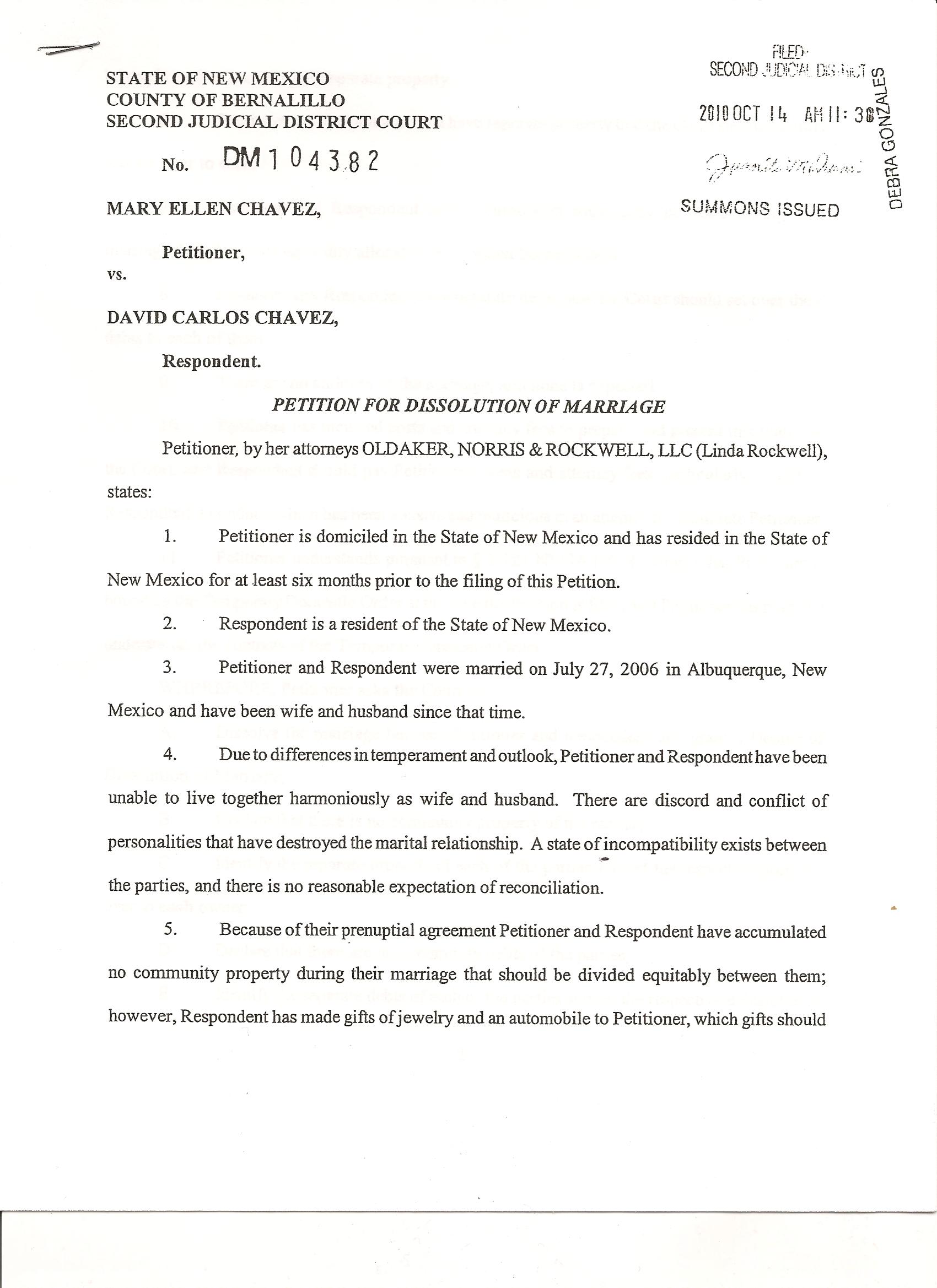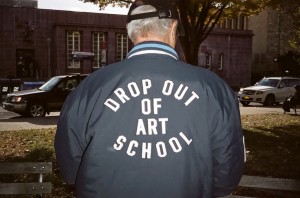These are brief descriptions of the kinds of projects we will work on in this course. More details, resources, and support are available within the course site, in D2L. I’m providing these descriptions here so that you can have a sense of the kinds of work we’ll be doing together:
- Print-based Everyday Text Archive: 20%
- Digital Everyday Text Archive: 20%
- Everyday Texts Research & Analysis Project: 40%
- Course Portfolio: 20%
Curated Print-based Everyday Text Archive Project
For this project, you will collect 8-10  examples of everyday texts that were originally composed and distributed in print environments.
examples of everyday texts that were originally composed and distributed in print environments.
In my experience, if you choose texts in an area that is genuinely, meaningfully important to you, this project will go great. So I would begin by reflecting on what is important to you: Accounting? Social Justice? Nutrition? Wrestling? Graffitti? Faith-based communities? Campus sexual assault? They all of their own everyday texts. Go find some!
Include an introduction of 250 words +/- to your collection of 8-10 examples, and 50-100 word annotations for each entry. Your archive introduction, entries, and annotations should help readers understand your sense of everyday print texts and inspire their thinking, curiosity, and understanding.
Curated Digital Everyday Text Digital Project
For this project, you will collect 8-10 examples of digital everyday texts.
We will follow the same process as your print archive:
Include an introduction of 250 words +/- to your collection of 8-10 examples, and 50-100 word annotations for each entry. Your archive introduction, entries, and annotations should help readers understand your sense of everyday print texts and inspire their thinking, curiosity, and understanding. Make sure to reference explicitly our everyday text framework and definitions in order to help your readers see how everyday texts,
word annotations for each entry. Your archive introduction, entries, and annotations should help readers understand your sense of everyday print texts and inspire their thinking, curiosity, and understanding. Make sure to reference explicitly our everyday text framework and definitions in order to help your readers see how everyday texts,
- Exhibit complexity in terms of the linguistic resources we draw upon to make and understand them — this is how you will define and analyze your everyday texts
- Perform critical rhetorical functions for the participants involved — this is how you will show where your everyday texts a variety of audiences, purposes, and discourse communities
- Powerfully summon and propagate the social orders in which we live — do your everyday texts reveal inclusion, exclusion, or other positioning?
- In each case, the text is an impetus for our active response — for us, that active response might be a rhetorical function of the text
- Are constitutive of something or someone; as agents of communication, they surround us constantly, and it is surely to our benefit to be able to understand what they’re saying
Everyday Texts Research & Analysis Project
Assignment Description
By this point in the term, you should feel confident about your understanding of the concept of everyday texts and the terminology used to describe and to analyze everyday texts. We will build on that expertise with a project that allows you to to explore a topic or issue that is genuinely and demonstrably meaningful to you, so that you can research and explore the everyday texts of that issue.
In the face-to-face version of this course, students successfully developed these kinds of projects:
- The everyday texts of campus sexual assault documents
- A rhetorical analysis of the everyday texts of campus Greek Life
- A contextual and rhetorical analysis of nutrition labels
- What are the everyday texts of feminism?
- A history of press releases
- The /advice Sub-Reddit as an everyday text
- Educational rubrics as everyday texts
- The everyday texts of social justice movements
Additional project ideas:
- Everyday Text Collection & Interview Project — drawing on your own resources, colleagues, and connections, compose an analytic project that explores everyday texts in a professional, workplace, creative, activist, or community environment.
- What is the value of studying everyday texts?
- An image ecology project: what is the history, present status, and future of a single image or text?
- Sound as an everyday text?
- The semiotics of everyday texts
Project requirements
- 2000-2500 words, or about 8-10 pages
- Illustrated with compelling, relevant examples — text and/or images
- Research that puts your issue into context for readers — 3-4 good, credible sources
- All sources — images, texts, screen captures, social media — must have a citation
